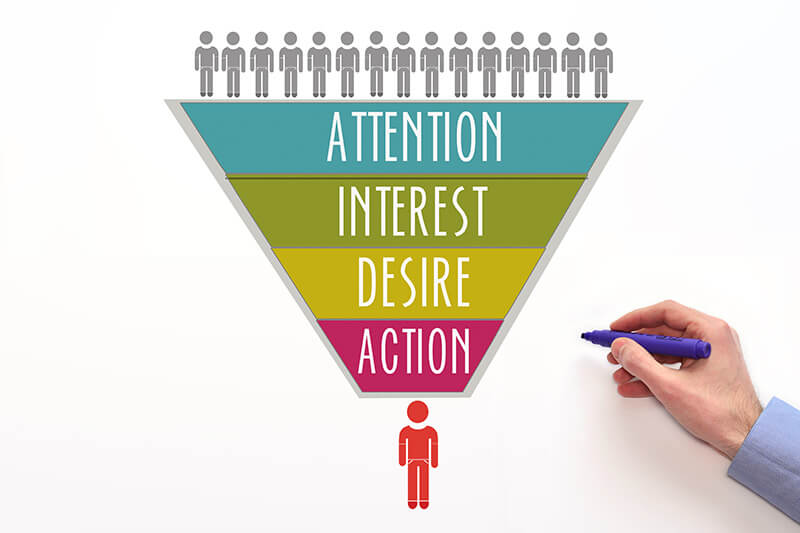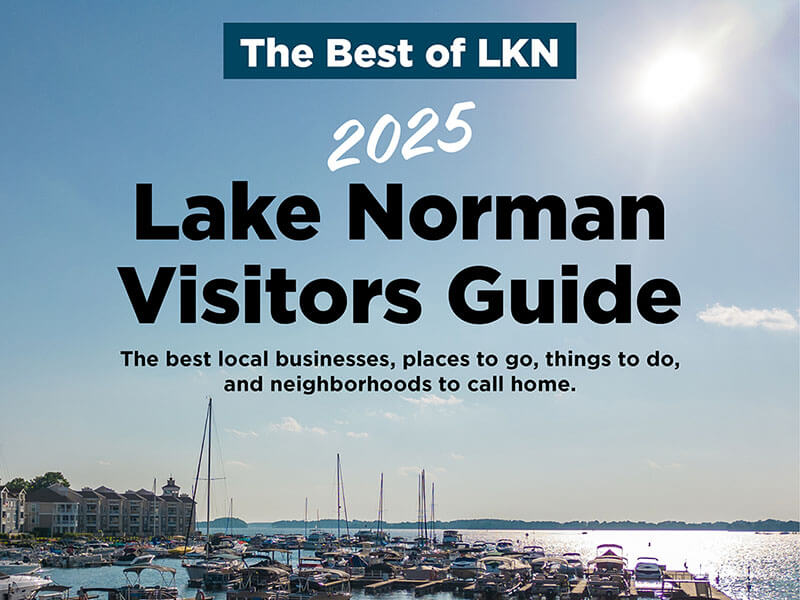Many small business owners wonder which marketing tactic truly drives sales. Is it the social media ad, the blog post, or the press release?
The truth is that marketing isn’t about a single magic bullet. All your marketing efforts work together, influencing your audience in different ways and at different times. It often takes multiple interactions (sometimes up to eight touches!) before a prospect becomes a customer.
That means your website, ads, social posts, and even word-of-mouth all play a role in conversion.
The Marketing Funnel Explained
Marketers often talk about “the funnel”, which is just a simple way to visualize the stages a customer goes through before making a purchase. Understanding the funnel helps you:
- Grasp customer behavior
- Tailor your messaging
- Optimize your marketing efforts
- Build lasting relationships with your audience
Let’s break down the funnel into its three main stages: Awareness, Consideration, and Conversion.
Top of Funnel: Awareness Stage
This is where your relationship with potential customers begins. The goal is to introduce your brand to as many people as possible and start building trust.
Why Awareness Matters:
People buy from brands they recognize and trust. If you had to choose between a well-known car brand like Ford and a brand you’ve never heard of, you’d likely pick the one you know. That’s the power of brand awareness.
How to Measure Awareness:
- Impressions: How many times your content is displayed
- Reach: How many people see your content
- Frequency: How often the same person sees your content
- Brand mentions: How often your brand is discussed online or in the media
Don’t focus on sales at this stage, just track the metrics.
Effective Top of Funnel Tactics:
- Social media posts and influencer partnerships
- Digital ads (video, display, banners)
- Traditional ads (TV, print, billboards)
- Sponsorships and events
Questions to Consider:
- What tactics are you using to build awareness?
- How are you measuring their impact?
- How can you ensure consistent messaging to reinforce brand recall?
Middle of Funnel: Consideration Stage
Now, people recognize your brand but aren’t ready to buy yet. They’re researching, comparing, and evaluating their options.
How to Measure Consideration:
- Click-through rates (CTR): Are people clicking your ads or links?
- Engagement/time on site: Are they spending time learning about your offerings?
- Email open rates: Are your emails getting read?
Effective Middle of Funnel Tactics:
- Blog posts, white papers, and case studies
- Email marketing campaigns
- Webinars and workshops
- Remarketing ads targeting website visitors
Questions to Consider:
- What factors do your customers evaluate before buying?
- How can you build trust and credibility?
- What are your competitors doing at this stage?
- How do you measure the success of your consideration tactics?
Bottom of Funnel: Conversion Stage
This is where prospects become customers! The focus here is on driving meaningful actions-purchases, sign-ups, downloads, or form completions.
How to Measure Conversion:
- Conversion rate: Percentage of people who take the desired action
- Return on Ad Spend (ROAS): Revenue generated from ads divided by ad spend
- Cost per Acquisition (CPA): Average cost to gain a new customer
- Average Order Value (AOV) and Customer Lifetime Value (CLV)
Effective Bottom of Funnel Tactics:
- Strong calls to action (e.g., “Buy Now,” “Request a Quote”)
- Limited-time offers and deals
- Abandoned cart recovery emails
- Exit-intent pop-ups
- Optimized landing pages
Questions to Consider:
- What calls to action are you using?
- Are you leveraging urgency or special deals?
- How are you tracking conversions?
Budgeting for the Funnel
A common recommendation is to allocate 50-60% of your ad budget to Awareness and Consideration stages, and 40% to Conversion. Investing more in the upper funnel builds your brand, creates trust, and leads to long-term growth. Conversion-focused ads tend to be more expensive, so a strong brand foundation can make your spending more efficient.
Marketing isn’t about isolated tactics. It’s about creating a harmonious journey for your audience. By understanding and leveraging the marketing funnel, you can build awareness, nurture consideration, and drive conversions more effectively.
Remember: Consistency, measurement, and a balanced budget across the funnel are key to long-term small business growth.

About the Author:
Lauren Spagnoletti is co-Founder and Marketing Strategist of the boutique marketing agency Little Men Roaring, LLC that she co-owns with her husband in Charlotte, NC.
In addition to leading accounts at an ad agency, she has led marketing efforts for startups, major universities, family-owned businesses, international clientele, and everything in between. You can access Lauren’s Marketing Momentum Bootcamp for Business Owners here to level up your own marketing.
For more information or to contact Lauren, you can reach her at Lauren@littlemenroaring.com

About the Publisher:
Jeff Hamm is the creator and producer of The Best of LKN. He’s a licensed real estate broker and digital marketing professional who helps real estate agents nationwide generate high quality leads.
When he isn’t working, you can usually find Jeff boating, cycling local trails & greenways, and taking walks with his dogs Sam and Maisy.
Jeff Hamm
Real Estate Broker
Lake Norman, NC
www.LKNreal.com


